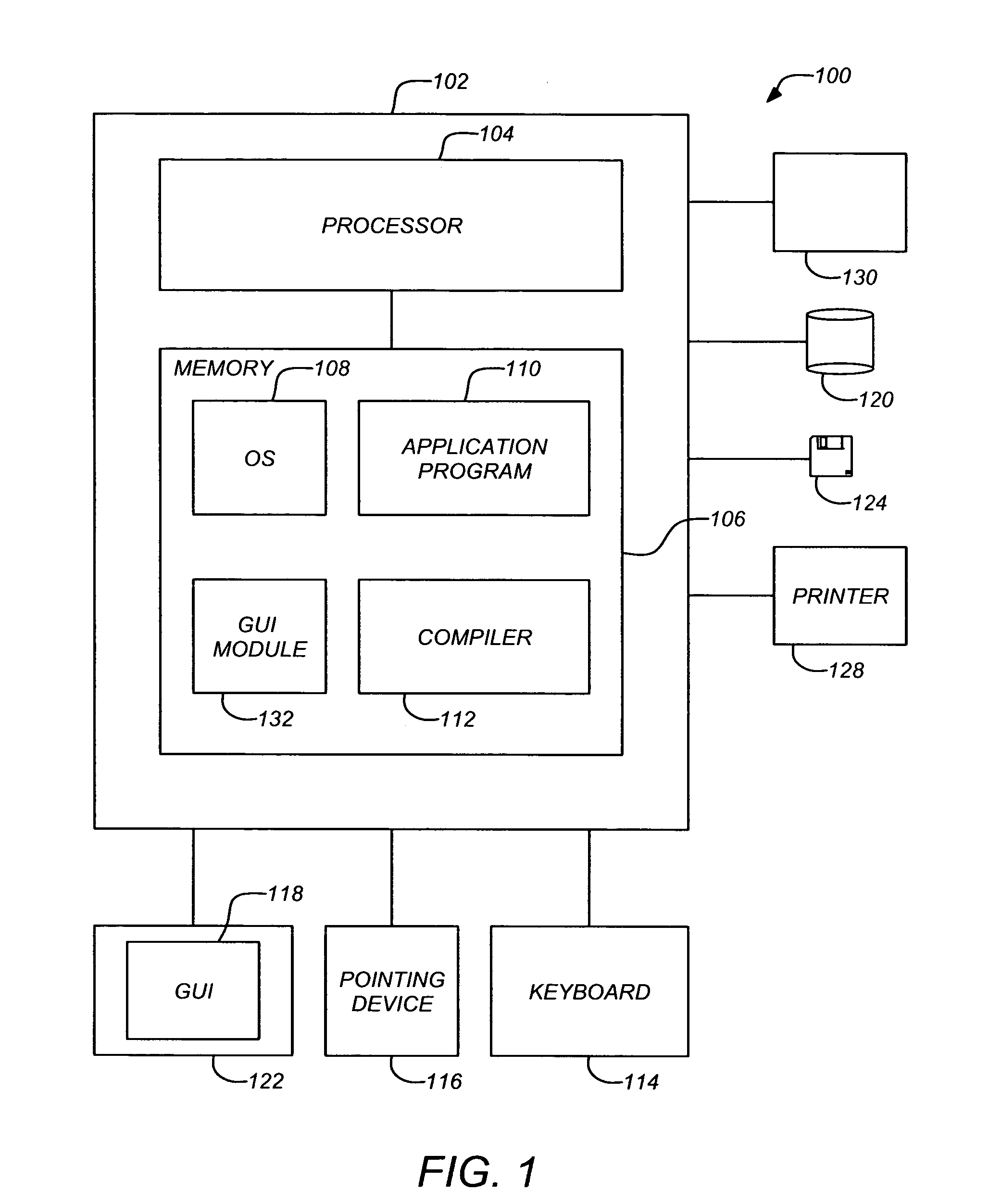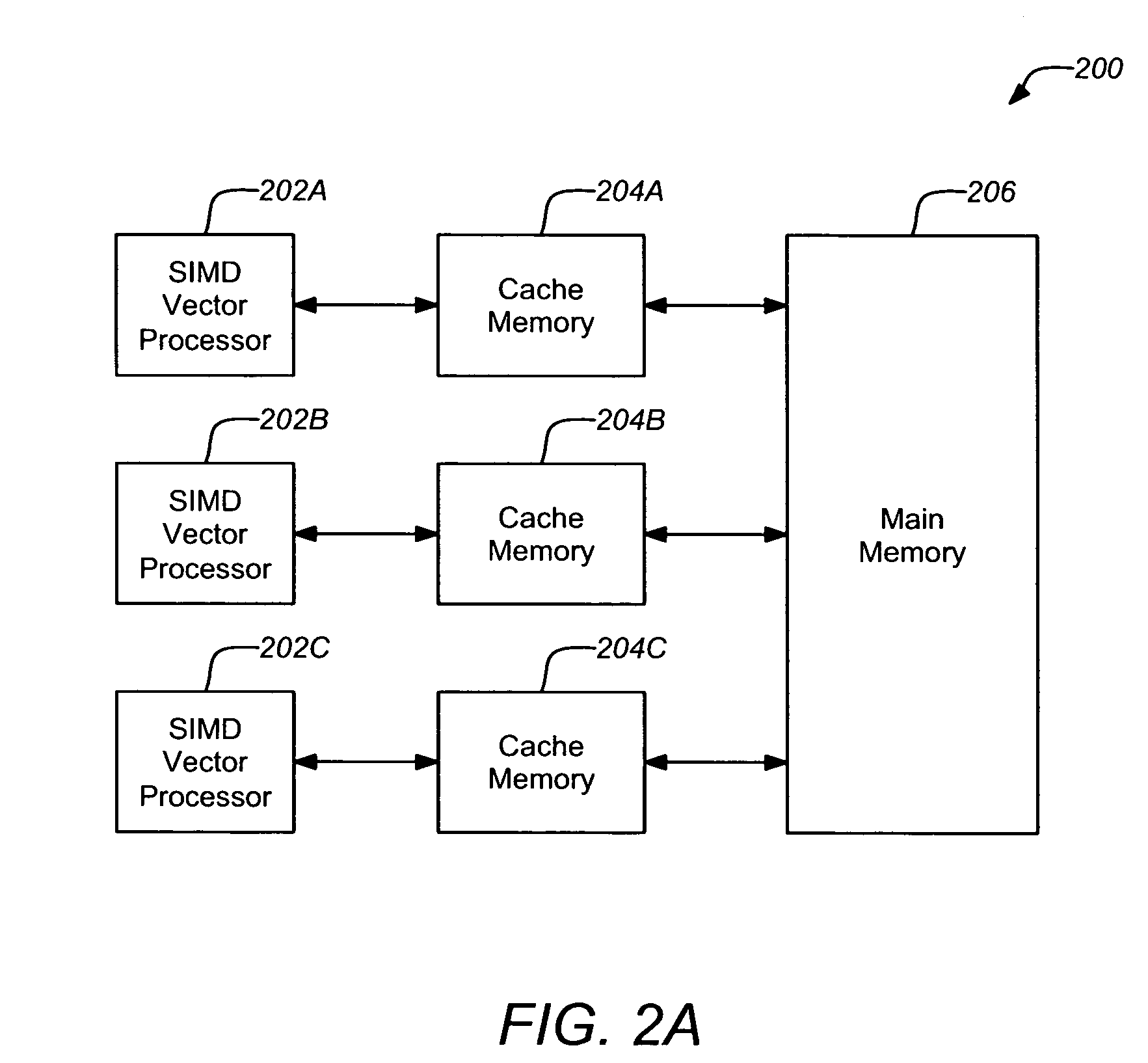Using vector processors to accelerate cache lookups
a vector processor and cache technology, applied in the direction of memory address/allocation/relocation, instruments, computing, etc., can solve the problems of increasing time delay, affecting the speed of cache lookup, and affecting the efficiency of cache lookup,
- Summary
- Abstract
- Description
- Claims
- Application Information
AI Technical Summary
Benefits of technology
Problems solved by technology
Method used
Image
Examples
Embodiment Construction
[0040] Embodiments of the invention are generally directed to methods, apparatuses, and articles of manufacture for managing memory in conjunction with a vector processor architecture. Embodiments of the invention may be implemented in a range of computer systems. It should be noted that a computer system may be broadly construed to be any device employing a processor and memory. For example, in addition to personal computers (PCs) and server systems, a variety of stand-alone home media and entertainment devices, such as game systems or other dedicated media devices, are considered a computer system within the scope of the present invention.
[0041] 1. Computer System Utilizing Vector Processors
[0042]FIG. 1 illustrates an exemplary computer system 100 that can be used to implement selected modules and / or functions of the present invention. The computer 102 comprises a processor 104 and a memory 106, such as random access memory (RAM). The computer 102 is operatively coupled to a dis...
PUM
 Login to View More
Login to View More Abstract
Description
Claims
Application Information
 Login to View More
Login to View More - R&D
- Intellectual Property
- Life Sciences
- Materials
- Tech Scout
- Unparalleled Data Quality
- Higher Quality Content
- 60% Fewer Hallucinations
Browse by: Latest US Patents, China's latest patents, Technical Efficacy Thesaurus, Application Domain, Technology Topic, Popular Technical Reports.
© 2025 PatSnap. All rights reserved.Legal|Privacy policy|Modern Slavery Act Transparency Statement|Sitemap|About US| Contact US: help@patsnap.com



